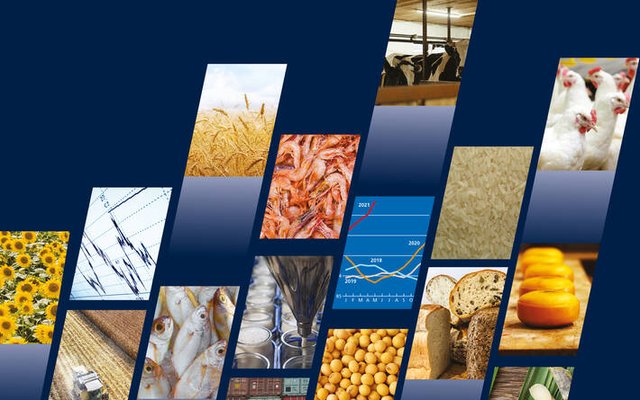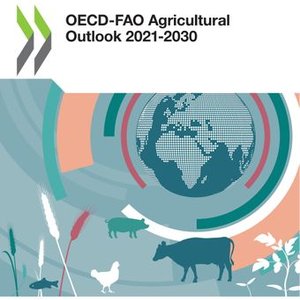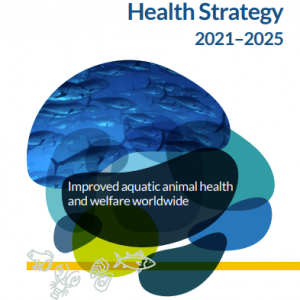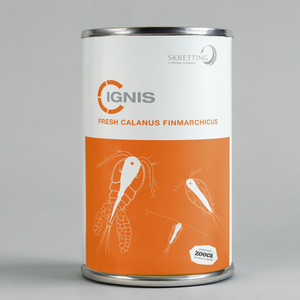Global food trade is poised for a resilient year ahead even as international food commodity prices are set to remain high amid supply and demand uncertainties, according to the new FAO’ Food Outlook report, a biannual publication focusing on developments in global food markets.
The report notes that trade flows continued to reach new highs during the ongoing COVID-19 pandemic. In fact, on a global level, trade in agricultural products - particularly less-perishable foods - performed more robustly than the broader merchandise sectors. That has contributed to driving FAO's provisional forecast for the world food import bill in 2021 to $1.72 trillion, a 12% increase from its previous high of $1.53 trillion in 2020. However, rising prices raise concerns that higher outlays may still mask deteriorating quantitative and qualitative dietary trends in vulnerable countries.
Food Outlook offers a detailed assessment of market supply and demand trends for the world's major foodstuffs, including cereals, vegetable oils, sugar, meat, dairy and fish. It also looks at trends in futures markets and shipping costs for food commodities.
Among its findings, measured by the FAO Global Food Consumption Price Indices, is that the average worldwide consumer price of protein in May 2021 was 23% above its May 2020 level. Calories, in prices, meanwhile, were up 34% year-on-year and hit their highest level since February 2013. The difference reflects stronger price rises for wheat, coarse grains and vegetable oils compared to meats, dairy products and fish.
Some report takeaways are:
- World output of the major food commodities is expected to increase in the year ahead, with the exception of sugar, which is forecast to decline for the third consecutive year and fall short of global consumption, pointing to the need to run down inventories.
- The market outlook for oilseeds and their derived products appears tight, with resumed production growth foreseen insufficient to satisfy world demand.
- World supplies of wheat and rice are robust, while stocks of coarse grains are forecast to fall despite an expected record 2021 global production, reflecting large-scale utilization foreseen for livestock feed and industrial starches.
- Expected global year-end stock-to-use ratios are, respectively, 38% for wheat, above the five-year average, stable at 35.1% for rice, and declining to 20.8% for coarse grains.
- World meat output in 2021 is forecast to expand by 2.2%, to 346 million tons, reflecting an anticipated rebound in meat production in China, where expansions are expected across all meat types, especially pig meat, facilitated by high investments in the value chain and efforts to control the spread of African swine fever.
- World fish output is expected to rebound and price increases are likely, due to recovering demand from restaurants after a year of restrictions associated with the COVID-19 pandemic. The report notes that pandemic-related restrictions catalyzed a shift in sales trends benefiting small pelagics, such as sardines, anchovies and mackerel, as well as tuna.
Download the report below.













